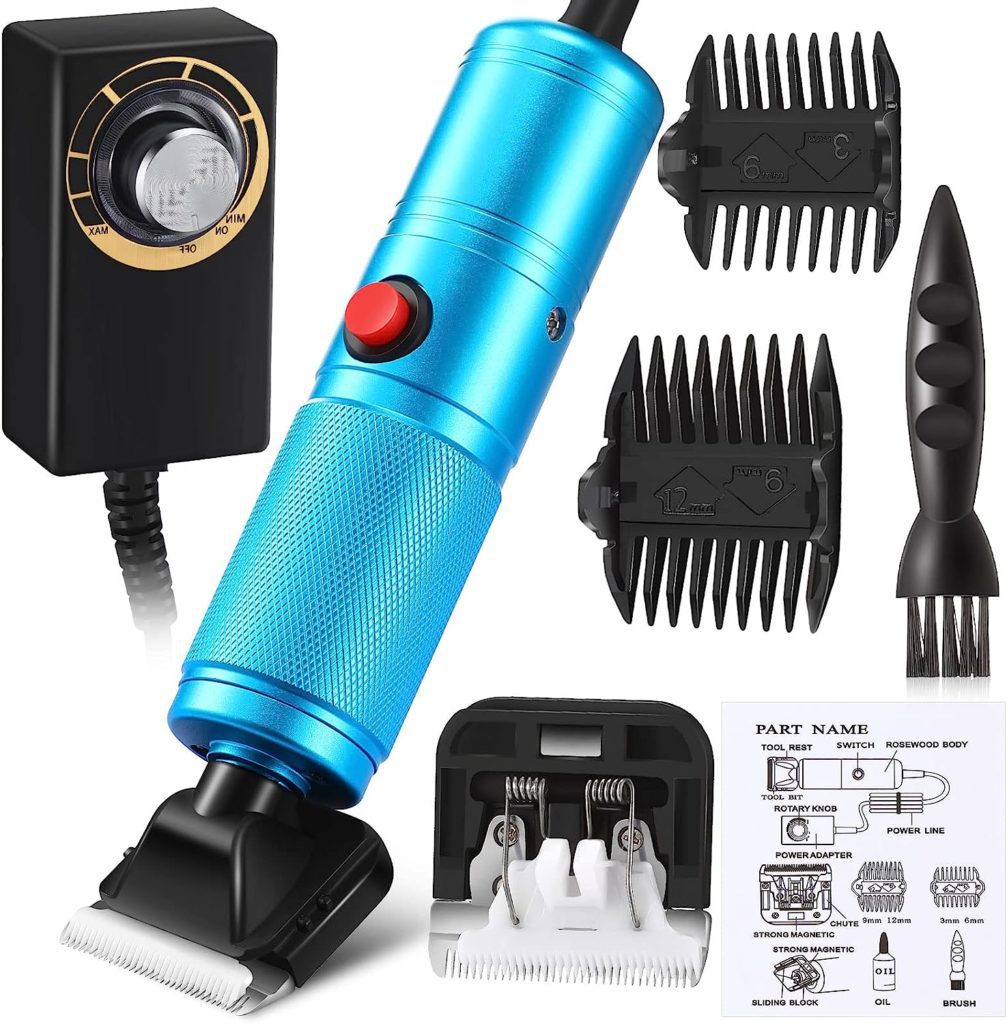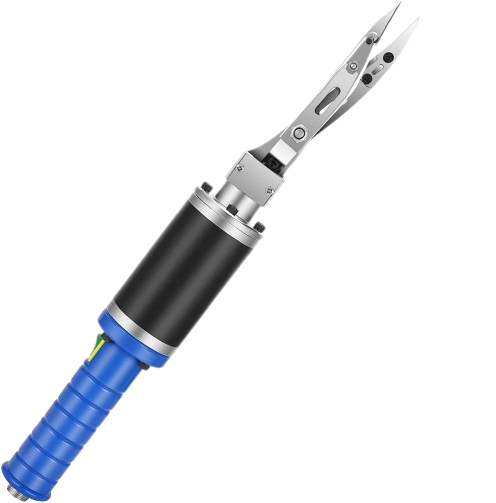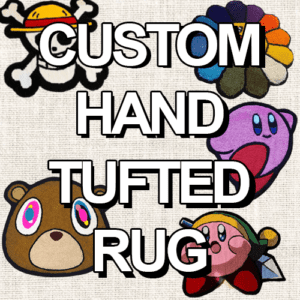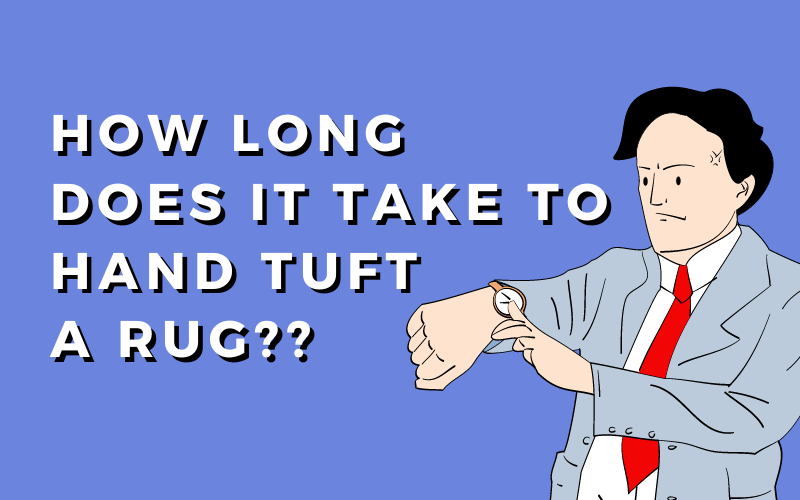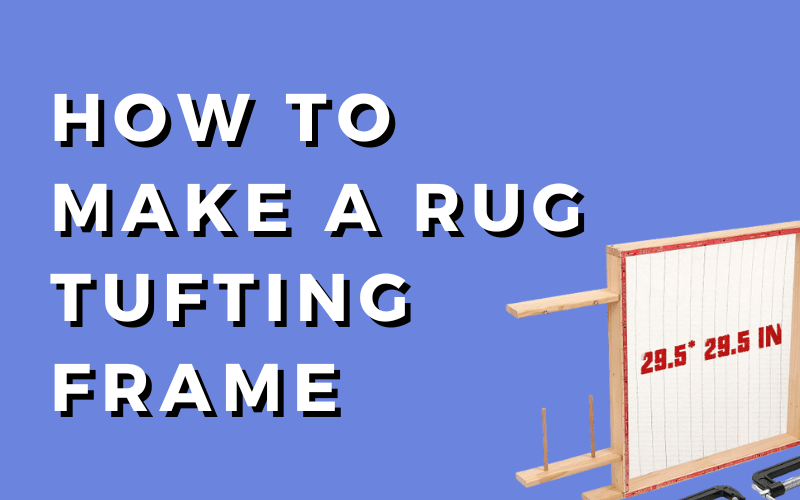
Do You Need Electric Scissors for Rug Tufting?
Home / Do You Need Electric Scissors for Rug Tufting?

Share This Post
Enhancing Precision and Efficiency in Rug Tufting: The Role of Electric Scissors
Rug tufting, a timeless craft that has experienced a resurgence in recent years, captivates enthusiasts with its intricate designs and tactile beauty.
As the demand for unique, handcrafted rugs grows, so does the emphasis on achieving precision and efficiency in the tufting process.
Every tuft counts, and even the smallest deviation can impact the overall quality of the rug.
This raises an important question: Do you really need electric scissors to elevate your rug tufting game?
In this article, we will delve into the world of rug tufting, exploring its popularity, the significance of precision and efficiency, and the potential necessity of electric scissors to meet the demands of this creative pursuit.
Mastering the Art of Rug Tufting: Techniques and Challenges
The intriguing art of rug tufting blends creativity and skill.
To form loops or pile on a base cloth and hold the yarn in place, rug tufting is traditionally done with a tufting gun or a hand-held punch tool.
Complex patterns and designs may be produced using this method. The tufts are shaped and trimmed using a variety of other instruments in addition to the tufting tools, including frames, frames, and scissors. Check out The 11 Essential Rug Tufting Tools.
However, conventional rug tufting techniques have their own set of difficulties.
It can be challenging and time-consuming to maintain constant loop heights, control tension, and achieve exact cutting. These difficulties frequently need fine hand skill and attention to detail.
In the next section, we will explore the potential benefits of electric scissors in addressing these challenges and streamlining the rug tufting process.
Cutting-edge Efficiency: Unleashing the Power of Electric Scissors in Rug Tufting
Electric scissors are transforming the rug tufting landscape with their remarkable advantages. One of the key benefits is enhanced precision.
Electric scissors provide greater accuracy when cutting tufting yarn, ensuring clean and uniform edges.
Their sharp blades and adjustable cutting speeds enable rug makers to achieve consistent results, even with complex designs.
In addition to precision, electric scissors offer a substantial boost to time efficiency.
The swift and precise cutting action of electric scissors can significantly speed up the rug tufting process, reducing the time spent on trimming and shaping the tufts.
This allows artisans to complete their projects more efficiently and take on larger-scale endeavors.
Furthermore, electric scissors alleviate physical strain on the hands and wrists, a common concern among rug tufting enthusiasts.
The ergonomic design of electric scissors reduces the need for repetitive hand movements and exertion, minimizing fatigue and discomfort during prolonged tufting sessions.
This not only enhances comfort but also supports the long-term sustainability of the craft.
With these advantages in mind, it’s clear that electric scissors have the potential to revolutionize the rug tufting experience, bringing precision, efficiency, and comfort to the hands of artisans.
Not to mention how easily you can achieve such lines with carpet clippers.
Finding the Perfect Fit: Considerations When Choosing Electric Scissors for Rug Tufting
When it comes to selecting electric scissors for rug tufting, several factors warrant careful consideration.
The power source is a significant consideration, with options ranging from battery-operated to corded models.
Battery-operated scissors offer greater mobility and freedom of movement, allowing for flexibility in tufting projects.
On the other hand, corded scissors provide consistent power without the need to worry about battery life.
Deciding which option suits your workflow and preferences is crucial.
Another essential factor is the blade type. Different rug materials may require specific blade options for optimal cutting performance.
Some scissors come with interchangeable blades, enabling versatility to tackle various materials, while others are designed specifically for certain types of fabric.
Understanding the compatibility of the blades with your rug tufting materials is key to achieving clean and precise cuts.
Ergonomics and comfort should not be overlooked. Rug tufting is a labor-intensive process that can involve hours of intricate work.
Choosing electric scissors with ergonomic design features, such as comfortable handles and lightweight construction, can help minimize hand fatigue and promote extended use without discomfort.
Prioritizing ergonomic considerations ensures a more enjoyable and sustainable rug tufting experience.
By carefully considering the power source, blade types, and ergonomic design of electric scissors, rug tufting enthusiasts can find the perfect fit to enhance their craft and create stunning rugs with precision and ease.
Beyond Electric Scissors: Exploring Alternatives in Rug Tufting Tools and Techniques
While electric scissors offer numerous advantages in rug tufting, it’s important to consider alternative tools and techniques that may suit individual preferences or specific project requirements.
One alternative to electric scissors is the use of traditional handheld scissors, which can still provide satisfactory results for cutting tufting yarn, especially for smaller projects or those that demand a more hands-on approach.
Handheld shears or rotary cutters can also be employed for cutting and shaping tufts, offering different cutting styles and finishes.
In addition to alternative tools, alternative techniques can also be explored. For instance, some rug tufting enthusiasts prefer to use hand shearing or carving techniques to achieve desired texture and pile heights.
This can involve using specialized shearing tools or blades to carefully trim and sculpt the tufted surface, creating unique patterns and depth.
These techniques offer a more artisanal touch and can be particularly effective for creating textured or sculptural rugs.
When considering alternatives to electric scissors, it’s essential to weigh the pros and cons of each method.
Alternative tools and techniques may require more time and effort, especially for larger projects. They may also require a higher level of skill and precision.
However, they can provide a sense of hands-on craftsmanship and allow for greater artistic expression.
Ultimately, the choice between electric scissors and alternatives depends on personal preferences, project requirements, and the desired aesthetic outcomes in rug tufting.
Electric Scissors for Rug Tufting: Making an Informed Decision
Final Verdict: Determining the Need for Electric Scissors.
After considering the benefits and considerations of electric scissors in rug tufting, it’s time to weigh the factors that will help you make an informed decision.
Electric scissors offer enhanced precision, time efficiency, and reduced strain, making them an appealing choice for rug tufting enthusiasts seeking optimal results and improved workflow.
However, individual needs, budget, and personal preferences play a significant role in determining the necessity of electric scissors.
Consider the scale and complexity of your rug tufting projects. If you frequently work on large or intricate designs that require precise cutting, electric scissors can be a valuable investment.
Assess your comfort level and the potential strain on your hands and wrists during prolonged tufting sessions.
If reducing fatigue and promoting a more comfortable experience are crucial to you, electric scissors may be worth considering.
Additionally, take into account your budget. Electric scissors come in a range of prices, and the cost should align with your budget and the value you expect to gain from their use.
Lastly, consider your personal preferences and the creative outcomes you desire.
If you enjoy a more hands-on, artisanal approach or prefer exploring alternative tools and techniques, traditional scissors or other cutting methods may be suitable for your rug tufting journey.
By carefully evaluating these factors and considering your unique needs, budget, and preferences, you can determine whether electric scissors are essential for your rug tufting endeavors.
Ultimately, the decision lies in finding the tools that empower you to create stunning rugs while ensuring a satisfying and enjoyable rug tufting experience.
With all that said do we recommend them, Yes if you want precise cut lines.
Do you need them to get the job done, no.
At the end of the day, it really comes down to how you want your rugs to look. You can also typically achieve the same look by hand with regular scissors.
Hopefully, this helped you find out your decision if you need them or not.
Happy Tufting!
-
Custom Hand Tufted Rug
Custom Hand Tufted Rug
$199.00 – $750.00 Select options This product has multiple variants. The options may be chosen on the product page
-
Custom Hand Tufted Rug
Custom Hand Tufted Rug
$199.00 – $750.00 Select options This product has multiple variants. The options may be chosen on the product page

